The bizarre story of Campbell Lake, the private lake that isn’t
An Alaska Landmine Special Feature by Jeff Landfield and Paxson Woelber
September 20, 2019
It all started because Alaska Landmine Creative Director Paxson Woelber just wanted to go packrafting:
“A couple years ago, a friend and I set out to float Campbell Creek. We dropped a car at the cul-de-sac on Canary Drive, right where the creek enters Campbell Lake. As we were trying to drive away, a resident walked in front of my car and blocked me in. He signaled for me to roll down my window. He told me that this was a ‘private street’ with no public parking, and that Campbell Lake was a private lake. He said that regardless, the lake was closed to all recreational boating because it was a floatplane base, and instructed us to park higher up on the creek. I didn’t argue: the guy had an APD cruiser in his driveway and seemed to take the issue pretty seriously. And we had no intention of paddling in the lake anyway. So we moved the car.
As it turned out, he was partly right. I later found that accessing the creek from the Canary cul-de-sac would require that we cross a ribbon of private property that narrows down to a couple feet (does stepping over private property count as trespassing? That might be a fun question for a law school exam). And like most people in Anchorage I’d always been told that Campbell Lake was private. Fair enough. But there was absolutely no way that this ordinary Anchorage street was a ‘private street,’ and a quick Google Earth search showed that nearly every home on Campbell Lake has its own fleet of motorboats, kayaks and other recreational watercraft. The bravado and needless dishonesty really bugged me.
Much later, on a whim, I e-mailed the Alaska Department of Natural Resources to ask about public use of Campbell Lake. I expected a terse e-mail confirming that the lake was private. Instead, I got nothing. I brushed the whole thing off, when I unexpectedly received an email from David Ryland at the Alaska Department of Fish and Game. The letter began ‘At your request, Alaska Department of Fish and Game has examined the current status of public access to Campbell Lake….’
As Jeff would say, this is when things started to get very loose…”
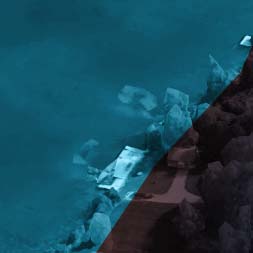
The Creek
Campbell Creek originates at a fragment of alpine glacier tucked into the north aspect of Williwaw Peak. The north fork of the creek dives into a deep canyon as it leaves the Chugach Mountains, and the two forks of the creek meander through the Campbell Tract greenbelt before uniting at the end of Piper Street, a few blocks from the UAA Campus. From there the creek winds eight miles through urban Anchorage before spilling into Campbell Lake, and then returns to a single channel as it enters Turnagain Arm. Campbell Creek is the second-largest waterway in the Anchorage area, after Ship Creek. The Dena’ina called it Qin Cheghitnu, or “Crying Ridge Creek.”
By the early 1950s, the growing city of Anchorage began to encroach on Campbell Creek. In 1959, local developer David Alm used heavy machinery to construct an earthen dam at the mouth of Campbell Creek, causing the creek to flood its estuary and create the body of water we now call Campbell Lake.
Historical USGS maps of the Campbell Lake area, showing the creation of Campbell Lake. 1952 map at left, 1962 map at right.
Alm and his business partner, George McCullough, had bought up most of the surrounding homestead plots, and this new lake–now arguably the largest in Anchorage–dramatically increased the value of the land. Today, Campbell Lake is rimmed with mansions and float planes and is home to some of the most powerful and wealthy residents in the state. A state senator, oil company executives, doctors, business leaders, and would-be media tycoons live along its shore. When President Obama visited Alaska he attended a dinner party at the lakeside estate of then-Alaska Dispatch News publisher Alice Rogoff. The President and guests dined on razor clams in white wine reduction and an amuse-bouche of oysters, while federal agents patrolled Campbell Lake’s murky waters.
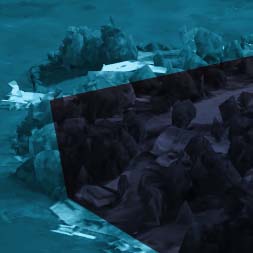
Public Not Welcome
For decades, well-heeled homeowners living on Campbell Lake have protected it as an exclusive private playground. There is no developed public access, and members of the public who inquire about the lake are often told told that they are not welcome. Real estate listings frequently refer to Campbell Lake as a private lake.
Real estate listings for Campbell Lake homes. The listings describe homes on “private Campbell Lake” and claim “the lake is private.”
The belief that Campbell Lake is a private lake without public access is so ubiquitous that even individuals and organizations who work on public access issues frequently repeat it as fact. In an April 11, 2016 article, Anchorage journalist Craig Medred, who has been party to historic litigation regarding public lands access over railroad easements, refers to Campbell Lake as a “private lake.” The October 2012 Campbell Creek Estuary Natural Area Master Plan, a planning document for a nearby city park compiled in partnership with the conservation organization Great Land Trust, states that there is “No Public Access” to Campbell Lake.
At left, screenshots showing Craig Medred describing Campbell Lake as a “private lake.” At right, map from the 2012 Campbell Creek Estuary Natural Area Master Plan map stating that there is “No Public Access” to Campbell Lake.
The status of the lake has clearly frustrated some Anchorage residents, especially those who live near the lake yet find themselves barred from using it. On Google Reviews and TripAdvisor, the lake has a smattering of one-star reviews:
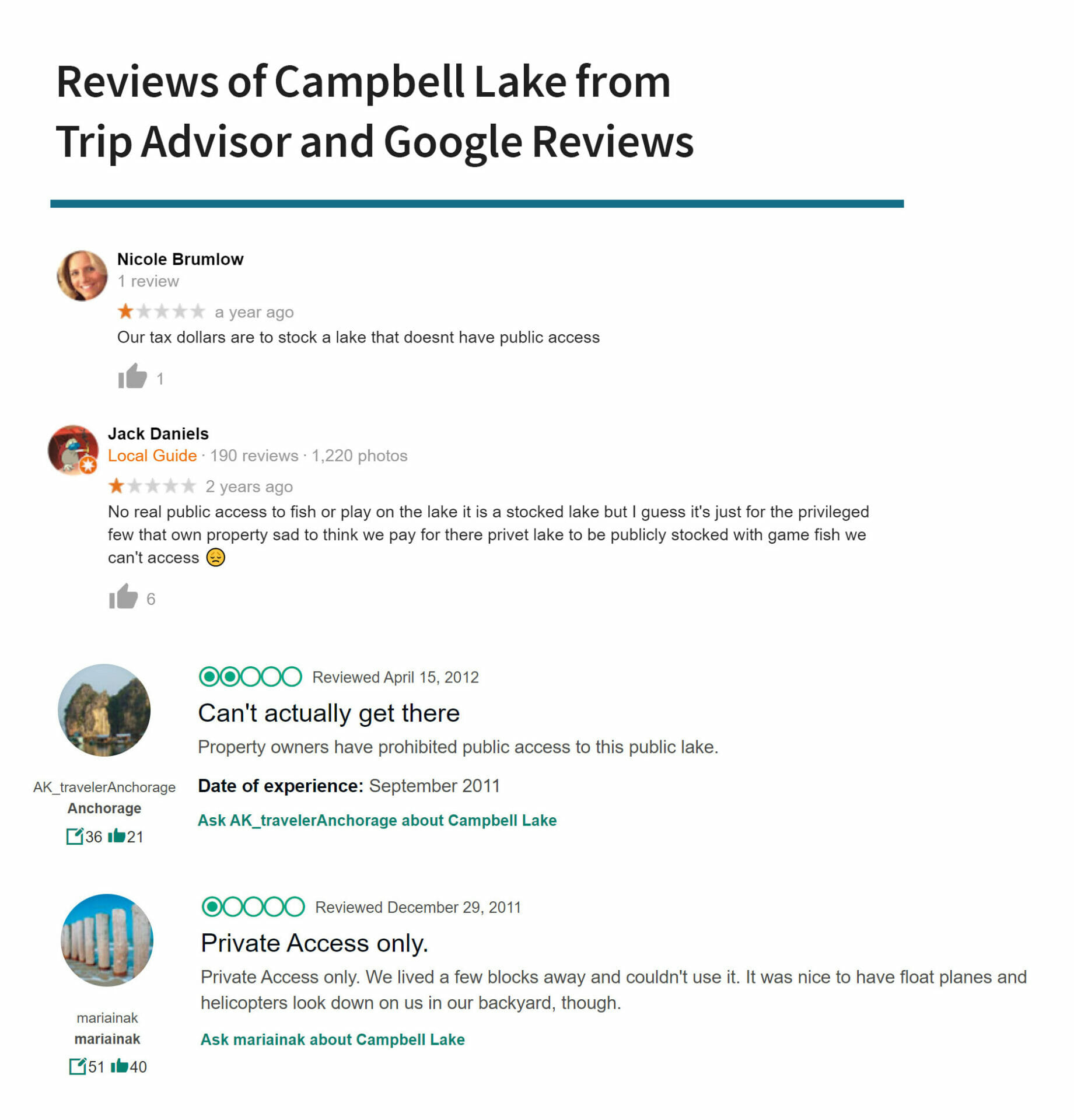
Campell Lake reviews from Google Reviews and Trip Advisor.
We couldn’t find any authoritative information about lake access online so we called Hoffman and Associates, an Anchorage real estate company that manages Campbell Lake Owners Inc., the homeowners association for Campbell Lake residents. The man who answered the phone identified himself as Leo. The conversation went as follows:
Alaska Landmine: “Is there any public access to Campbell Lake?”
Leo, Hoffman and Associates: “No, there sure isn’t.”
AL: “There’s no easement or other legal access to the lake?”
H&A: “No. It’s a privately owned lake.”
AL: “So the HOA owns the lake itself?”
H&A: “Right.”
AL: “Would it be legal to boat into the lake from Campbell Creek?”
H&A: “…what company are you with?”
In a subsequent call, Hoffman and Associates refused to share the HOA covenants or disclose the names of board members so that we could request a comment. We followed up with an email to Leo on September 16, 2019:
Can you please forward this to the board of Campbell Lake HOA. Per our phone call, I am inquiring about public access and public use of Campbell Lake…
The e-mail was not returned.
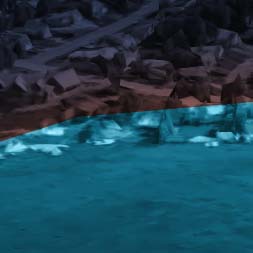
Navigating Alaska’s Waterways
The Constitution of the State of Alaska was adopted by the Constitutional Convention on February 5, 1956, ratified later that year by popular vote, and became the law of the land at statehood, January 3, 1959. Delegates to the Constitutional Convention were keenly aware that an appealing constitution would aid Alaska’s bid for statehood, and included many measures and rights intended to benefit the general public. These included unprecedented public ownership of natural resources (commonly referred to as “owner-state” provisions) and the right to access to public lands, including navigable waters:
Article VIII, § 14: Free access to the navigable or public waters of the State, as defined by the legislature, shall not be denied any citizen of the United States or resident of the State, except that the legislature may by general law regulate and limit such access for other beneficial uses or public purposes.
The legal definition of navigable waterways in Alaska, as adopted by the legislature, is laid out in Sec. 38.05.965.
(14) “navigable water” means any water of the state forming a river, stream, lake, pond, slough, creek, bay, sound, estuary, inlet, strait, passage, canal, sea or ocean, or any other body of water or waterway within the territorial limits of the state or subject to its jurisdiction that is navigable in fact in any season, whether in a frozen or liquid state, and for any useful public purpose, including water suitable for commercial navigation, floating of logs, landing and takeoff of aircraft, and public boating, trapping, hunting waterfowl and aquatic animals, fishing, or other public recreational purposes.
In practice, the State of Alaska has vigorously asserted and defended its broad definition of navigable waters. Broadly speaking, according to the State Policy on Navigability a body of water is considered navigable if it has been, or could be, navigated for any reasonable purpose and via nearly any form of transportation, including floatplanes. The State has not been shy about defending its interpretation of navigability in court against powerful corporations and other government entities. Most recently, the State supported a lawsuit brought by John Sturgeon against the federal government after Sturgeon was fined for operating a hovercraft on the Nation River in the Yukon Charley Preserve. The case went to the United States Supreme Court–twice–where Sturgeon ultimately won in a unanimous decision. As Alaska Department of Fish & Game (ADF&G) commissioner Doug Vincent-Lang stated after the decision, “This is more than a state rights issue, it is about life in Alaska.”
Which brings us to the e-mail from ADF&G regarding the status of Campbell Lake. A word of caution: this gets weird, and then it gets weirder. Buckle up.
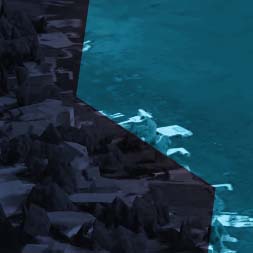
The private lake that isn’t
The email from David Ryland was unambiguous: Campbell Lake is a public lake. As Ryland explained in his March 18, 2019 message:
“While the HOA owns the submerged lands, Campbell Lake would be considered a ‘navigable water’ and a ‘public water’ under state law (AS 38.05.965). As such, the public would have a right of access to the waterbody unless the state has determined that regulating or limiting access is necessary for some public purpose or other beneficial use (AS 38.05.127(2)).”
The Campell Lake HOA asserts ownership of the bed of Campbell Lake, and claims that this ownership grants them the right to control access to, and use of, the surface of the lake. But according to the State of Alaska, the ownership of the bed underlying navigable water has no bearing whatsoever on the public’s right to utilize that water. Indeed, one might argue that this is the entire point of navigable waters laws in the first place.
What about access to the lake? The Campell Lake HOA maintains that regardless of the lake’s status, the fact that it is fully encircled by private property means that, regrettably, the public is de-facto barred from it either way.
But according to the State, access exists.
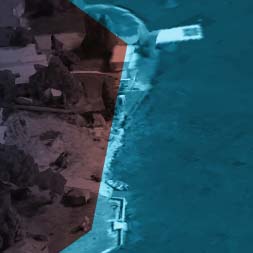
Section Lines
Like much of the country, the State of Alaska is divided into square mile blocks called sections. Together, the sections form a giant grid over the state, and the lines on the grid are called section lines. Section line easements were created in order to facilitate the development of transportation infrastructure and provide access to important resources. According to the Department of Natural Resources (DNR):
A section-line easement is a public right-of-way, 33, 50, 66, 83 or 100 feet wide, that runs along a section line of the rectangular survey system.
Section line easements in Alaska fall under Revised Statute 2477, commonly referred to as RS 2477. According to DNR:
All 33- and 66-footwide section-line easements were acquired by the state under R.S. 2477, regardless of whether trails have ever been developed along them. Also, some 50- and 100-foot-wide easements along section lines have narrower R.S. 2477 rights-of-way “inside” them. An R. S. 2477 right-of-way is a type of public easement that the State of Alaska acquired under long-standing federal law.
Section line easements are dedicated public access corridors, and often contain roads, highways, trails, and other transportation infrastructure. Most of Anchorage’s major roadways, including Northern Lights, Tudor and Dimond fall on the one-square-mile section line easement grid. Observant Anchorage residents may have wondered why Lake Otis, the Old Seward Highway, and Elmore all curve slightly to the east as they pass Dowling Road southbound. The answer has nothing to do with topography; instead, it is the result of a slight offset between adjacent sets of section line grids. Section line easements are so powerful that they can bend the contours of a city itself.
Map of Anchorage showing roads curving to follow section line easements.
But section line easements don’t only contain important public infrastructure projects. Section line easements typically allow minimally-restricted public access, including the right of a member of the public to build or improve a trail or road along the easement.
See where this is going?

Public Access to Campbell Lake
According to the March 18, 2019 email from David Ryland at ADF&G, the public has a right to access Campbell Lake via a pedestrian easement and a modified section line easement that connect the lake with the west end of 100th Ave. The resulting easement crosses two parcels of developed private property:
“Current records show one existing easement that could provide direct, overland access to the lake. The attached documents provide more information regarding the status of this easement and its location. As you can see from the attached map, this easement crosses two private parcels and combines a 25-foot pedestrian easement and a remnant of a section line easement. Recent satellite imagery indicates that neither easement is marked nor shows any evidence of current public use. Anyone planning to use the easement is advised to contact the current landowners prior doing so.”
Map showing public access to Campbell Lake. Public access easements are shown in yellow and green. Courtesy DNR.
Easements can be difficult for laypeople to discover, and real estate listings often omit mention of them for obvious reasons. It is not uncommon for private landowners to purchase property only to realize many years later that it abuts or contains an easement. However, this is not the case in this situation. The owners of the first property crossed by the easement, now-Senator Natasha von Imhof and husband Rudi von Imhof, are fully aware of the easement. Some time in 2004 or early 2005, before undertaking a homebuilding project on their lakeside property, the von Imhofs applied to have the public-access section line easement eliminated.
Landowners can petition for an easement to be removed via a process called “vacation.” According to DNR:
Because a vacation means giving up a state-owned access right, DNR cannot approve it unless DNR determines that the vacation is in the state’s interest, and that other access is available that meets standards set by state laws and regulations. See 11 AAC 65.065. DNR’s general policy is that the replacement access must be equal to or better than the access provided by the section-line easement.
In a letter dated February 25, 2005, ADF&G commented, “We would be opposed to the vacation of this section line easement without verification of legal alternate public access in the same vicinity.” After some time the State reached a compromise with the von Imhofs: the State would vacate the 66-foot-wide section line easement crossing the von Imhof property, but in its place would create a permanent 25-foot-wide pedestrian easement on the east side of the property. According to DNR, “Reducing the scope of this easement to a 25′ pedestrian easement will maintain the public’s ability to access the lake…” DNR justified the arrangement as being in the best interest of the state by arguing that, “The proposed alternative access will utilize a more topographically feasible route.”
During the required public comment period on DNR’s decision, Anchorage resident David C. Mesiar made a statement that the State summarized as follows:
“Giving up public access land that may be desired at some point in the future for recreational users is not in the best interest of the State… the public should not give up designated access in order to accommodate the property owner’s desire for a slightly better homesite.”
The Alaska Landmine was able to contact Mesiar, who was surprised to hear that a public easement to Campbell Lake still exists. Mesiar offered an explanation for his decision to comment on the easement vacation request:
“It was my feeling at the time, and still is today, that the lakes and other waterways around Anchorage should be accessible to anyone who wants to use them. I don’t believe a small number of wealthy property owners have the right to a private oasis to the exclusion of all other users. Nobody was aware of the easement, I don’t think it was maintained or signed as such. I thought establishment of the easement showed foresight and would be a valuable public asset and should not be given up just because the local elite wanted to maintain a private haven.”
In 2006, DNR responded to Mesiar’s comment: “This decision does not deny the public access to Campbell Lake for recreational purposes… Campbell Lake is recognized by the State of Alaska as public water.”
After deliberation, the State finalized its decision to vacate the section line easement across the von Imhof property and replace it with the proposed 25-foot pedestrian easement. However, the vacation came with conditions: the von Imhofs would have to remove any existing fences or other man-made obstructions across the new pedestrian easement, and they were prohibited from placing “No Trespassing” signs or other signs meant to deter public use. The von Imhofs agreed.
Von Imhof Section Line Vacation Request
Below are the State of Alaska’s preliminary and final decisions regarding the von Imhof easement vacation request. Click on the thumbnail to read the documents in PDF format. Documents courtesy DNR.
In an ironic twist, it turns out that Senator Natasha von Imhof and her father, Ed Rasmuson, have been prominent supporters of John Sturgeon in his landmark navigable waterways case. On March 26, 2019, Senator von Imhof praised Sturgeon’s Supreme Court victory, writing “John is a friend and I congratulate him on this win for Alaska and Alaskans.”
Senator von Imhof declined to comment on the record for this story.
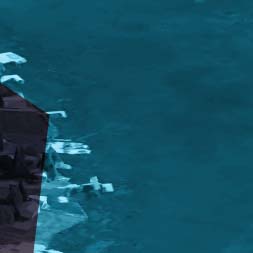
Welcome to the Neighborhood
On August 28, 2019, Alaska Landmine Editor-in-Chief Jeff Landfield and Creative Director Paxson Woelber visited the location of the Campbell Lake public easement. From the road it was unclear whether any of the easement was blocked by fencing, but it appeared that the von Imhofs had held up their end of the agreement not to place “No Trespassing” signs. Determining the exact position of the easement would likely require a professional survey.
Afterwards, we decided to knock on the door of von Imhof’s neighbor, Dr. John Frost, MD. The remaining section line easement leading to Campbell Lake crosses Frost’s property, and we were curious to hear Dr. Frost’s thoughts on the situation. Nobody answered the door, and we left. Some time later, the Alaska Landmine was informed that the Campell Lake HOA had circulated an e-mail to local residents warning them of ‘suspicious men’ in the neighborhood. The message included surveillance camera images depicting the ‘suspicious men,’ who were none other than Alaska Landmine Editor-in-Chief Jeff Landfield and Creative Director Paxson Woelber. Talk about loose!
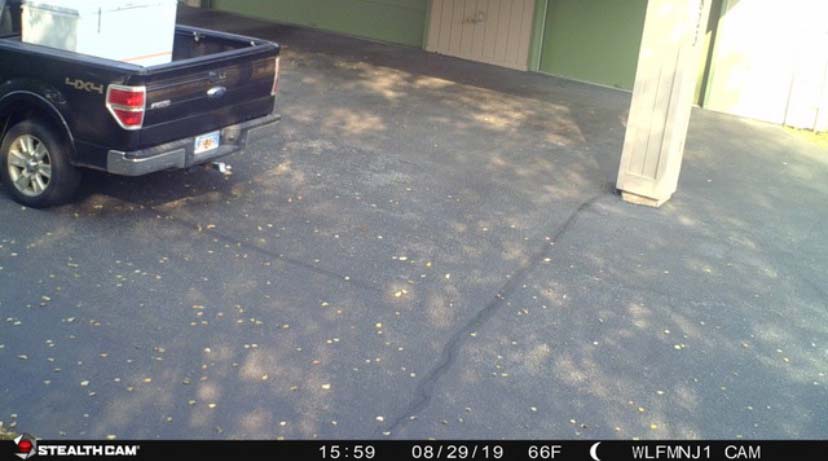
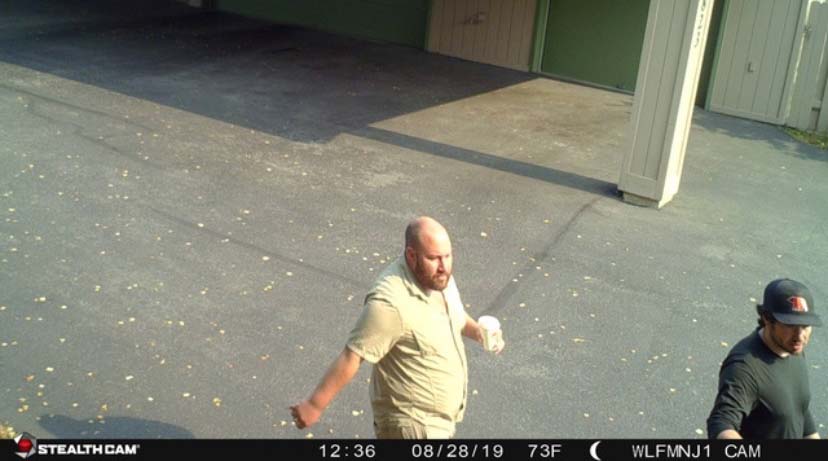
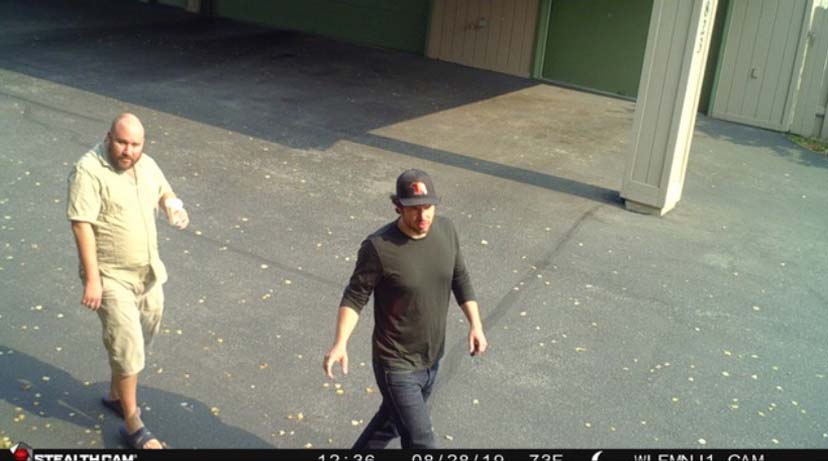
Surveillance camera photos of ‘suspicious men’ circulated by the the Campell Lake HOA.
That’s when things started to get intense. Once Campbell Lake residents learned that the Alaska Landmine was pursuing a story about the lake, several of them reached out to the Landmine insisting that the lake is private, and requested that the Landmine not publish the story. Residents told the Landmine that they “want to keep it private,” and that the public had no business on “our lake.” A member of the Campbell Lake HOA board told the Alaska Landmine that the HOA spends a considerable amount of money removing invasive weeds, maintaining the dam, and grooming winter ski trails on the lake, and that members of the public do not deserve to benefit from these expenditures. One prominent and powerful business leader called the Alaska Landmine and stated that even if the lake were public, nobody wanted “riff raff” on it. The business leader did not specify which Anchorage residents qualified as “riff raff.”
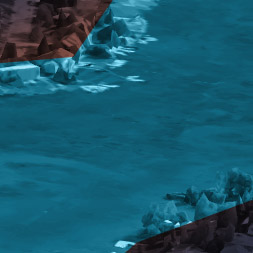
Floatplane Safety
Campbell Lake homeowners repeatedly warned the Alaska Landmine that encouraging recreational use of the lake would have dire safety consequences for the public because of the lake’s status as an FAA-designated seaplane base. Indeed, in his March 18, 2019 email David Ryland at ADF&G had written that “due to the lake’s status as a float plane base, there may be boating restrictions on the lake.”
But if recreational boating on Campbell Lake were inherently dangerous this would come as news to residents of Campbell Lake itself, who own enough personal watercraft to convincingly reenact the Dunkirk evacuation.
Google Earth imagery showing recreational watercraft on Campbell Lake. Imagery dated July 2014 and compiled by the Alaska Landmine September 16, 2019.
The Alaska Landmine contacted the FAA to ask whether the agency holds a position on the use of personal watercraft on Campbell Lake. We were told that the FAA does not. Above 600 feet, Campbell Lake is Class C Airspace; below that it is Class G (uncontrolled) Airspace. The Chart Supplement lists the Campbell Lake seaplane base as “Public.”
FAA documentation of Campbell Lake. The FAA categorizes the Campbell Lake SPB as “Public.”
For perspective on lake safety, the Alaska Landmine contacted former Representative and current Cottonwood Lake Seaplane Base Manager Lynn Gattis. Gattis told the Landmine that around the state, floatplanes and recreational users are required to–and do–happily co-exist. Countless Alaska lakes, including Sand Lake, Big Lake, Wasilla Lake, Cottonwood Lake, Finger Lake, and more host large amounts of both floatplane and recreational traffic. Pilots are responsible for making safe takeoffs and landings, and serious problems are relatively rare. Gattis was skeptical of the public safety explanation offered by Campbell Lake residents:
“Alaska’s lakes are for Alaska’s people. Is [Senator von Imhof] allowed to canoe? Is her daughter allowed to canoe? You guys, it has nothing to do with safety. It has to do with these folks using a State of Alaska lake, and deciding they own it. And they don’t.”
The insistence by Campbell Lake residents that allowing public access will create unsafe conditions could be interpreted as a genuine concern for public welfare. It could also be interpreted as a strange declaration that floatplane operators on Campbell Lake are either unable or unwilling to adhere to basic safety standards expected of pilots on every other lake in Alaska.
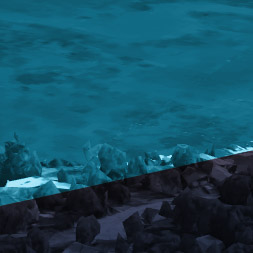
What Comes Next
The Alaska Landmine spoke with several experts on navigable waterway law to determine what legal arguments, if any, the Campell Lake HOA or individual landowners could employ to block public access to Campbell Lake.
1. They could argue that Campbell Creek is not a navigable waterway and therefore has no protected access. Campbell Creek is a small, shallow creek and certainly does not have the same pattern of historical use as some of Alaska’s major waterways. But as generations of happy Anchorage residents can attest, the creek is wonderfully navigable via inner tubes, packrafts, kayaks and canoes. Boating Campbell Creek has been the subject of ADN articles, trip guides, and short videos. On a hot summer day, Campbell Creek may be the most-navigated recreational waterway in Alaska. Any argument that Campbell Creek was not enthusiastically navigated before and after statehood, by both the Dena’ina people and more recent Anchorage residents, would likely fail the “red-face-test.”
2. They could argue that the artificial nature of the lake eliminates public access. When a navigable waterway naturally expands or changes its course, title to the newly underlying land typically passes to the State. The Campbell Lake HOA seems to believe that because Campbell Creek was flooded intentionally to create Campbell Lake, the underlying land did not pass to the State but to themselves–along with the original, navigable streambed. They furthermore seem to believe that title grants them control of the waterway itself. Preliminary research indicates little to no precedent in Alaska law for this belief.
It may be especially notable here that Campbell Lake is not a man-made offshoot of a navigable waterway or an isolated feature, but rather is an expansion of a historically significant waterway that was, at the time of statehood, simply a natural part of Campbell Creek. Satellite imagery clearly shows that the bed of Campbell Creek is still contained within the lake:
Google Earth imagery of Campbell Lake, July 2014.
Satellite imagery from April 2011, during breakup, shows the creek bed even more clearly:
Google Earth imagery of Campbell Lake, April 2011.
In effect, this argument would imply that widening a constitutionally-protected public access corridor can simply eliminate the public’s legal right to use that corridor. This would be a bit like arguing that if a wealthy developer cleared two lots on either side of a city bike path, he could block the use of that bike path and turn the whole thing into a private polo course.
3. They could take a lawsuit to federal court. The Campbell Lake HOA could attempt to bypass the famously pro-public-access State of Alaska and take issues of navigability or lake bed ownership to a federal court, hoping for an outcome more favorable to the HOA. How a federal court would actually treat Campbell Lake is uncertain though, and federal precedent elsewhere may be of limited use: as United States Supreme Court Justice Elena Kagan wrote repeatedly in the unanimous decision on Sturgeon, “Alaska is different.”
It is unclear who would be party to a potential lawsuit involving access to Campbell Lake. Because of the extraordinary influence and wealth wielded by Campbell Lake residents, a legal battle could become protracted and expensive. It is conceivable that the only entity with the resources to take on the homeowners is the State of Alaska itself. As Doug Pope, an attorney who worked on the Sturgeon case, told the Alaska Landmine, “The major impediment is the fact that whoever decides to pursue it is gonna have to get their checkbook out.”
Of course, the residents of Campbell Lake have a fourth option: the Campell Lake HOA could work with its members, the State of Alaska, and local stakeholders to develop public access to Campbell Lake. If an appropriate public access were created, the State would likely agree to vacate the easements crossing the von Imhof and Frost properties.
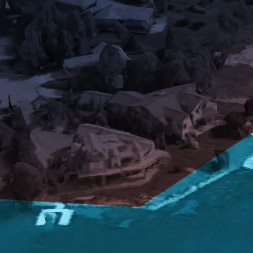
Campbell Lake
Many questions about Campbell Lake remain. Under what conditions was David Alm allowed to dam Campbell Creek and flood its wetland estuary in 1959? Why were decades of development permitted around the lake without a provision for established public access? Why has the narrative that Campbell Lake is an exclusive “private lake” gone unquestioned for six decades? A reasonable person might wonder whether the wealth and power concentrated on the lake’s floatplane-studded shore have affected the answers to these questions.
Rich or poor, everyone in Anchorage should be entitled to the quiet enjoyment of their homes. However, few would argue that anyone is entitled to the exclusive enjoyment of public lands–especially lands that the public has a constitutional right to access. If it is the case that Campbell Lake is a navigable waterway open to the public, then the residents have effectively (even if inadvertently) pulled off a decades-long heist of public space. As Anchorage journalist Craig Medred told the Alaska Landmine:
“It’s easy to overlook the fact that public water is public water when you’re a good and upstanding citizen who believes, or has been led to believe, you bought into an exclusive development. But the water of Campbell Creek and the dammed lake is just as public in Alaska as the water of the Nation River where John Sturgeon just fought a legal battle with the National Park Service, which also thought it had an exclusive enclave. A lot of everyday Alaskans who could never afford a home on Campbell Lake pitched in to help fund Sturgeon’s fight because they support the long-held Alaska view that public water is public.”
In a phone call, Medred noted that the Municipality of Anchorage spends an extraordinary amount of time and money evicting homeless squatter camps from public parks and greenbelts. Yet, in terms of square mileage, the Campbell Lake HOA appears to be squatting on more area than every homeless encampment in the state combined.
What, Medred asked, is the difference? 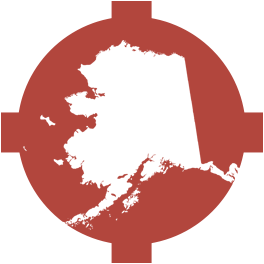
Campbell Lake series
This article is part of the Alaska Landmine's coverage of Campbell Lake access
Special Feature
The bizarre story of Campbell Lake, the private lake that isn'tArticle
Millions of public dollars spent to dam and maintain “private” Campbell LakeArticle
New documents reveal coordinated effort to eliminate Campbell Lake public accessArticle
State of Alaska, Municipality of Anchorage issue joint statement: Campbell Lake is a public lakeArticle
Campbell Lake public access easements have been surveyed and marked!Article
Campbell Lake HOA submits letters to State alleging Campbell Lake is a private lakeArticle
Problems with Campbell Lake public access escalateArticle
House Finance Committee approves marked access on Campbell Lake EasementsArticle
Anchorage Assembly funds Campbell Lake signage; lakeside residents sue to invalidate easementsThe Landfill: Humor, Satire, and Parody
Campbell Lake homeowners say they will build a wall, “make Anchorage pay for it”






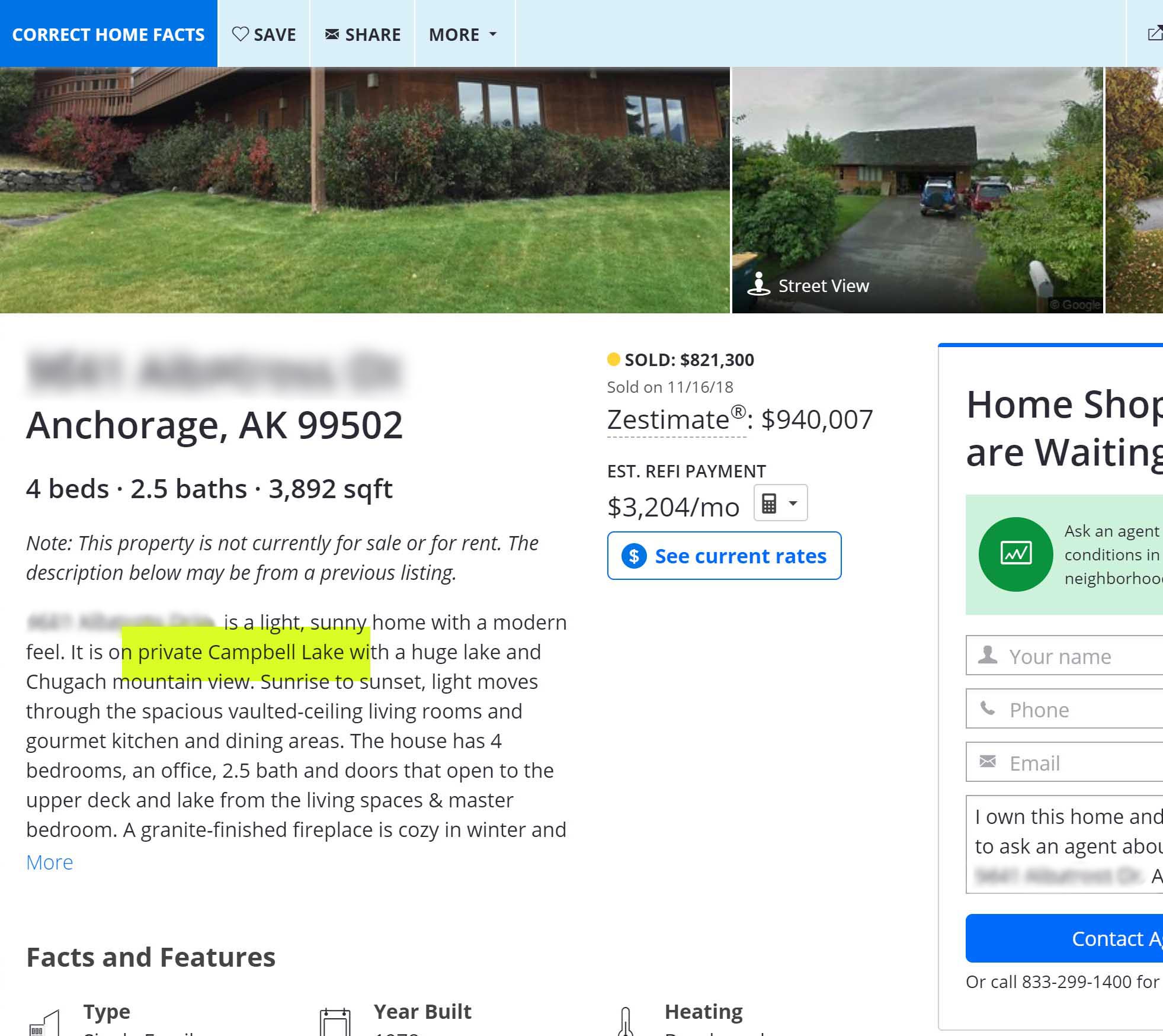
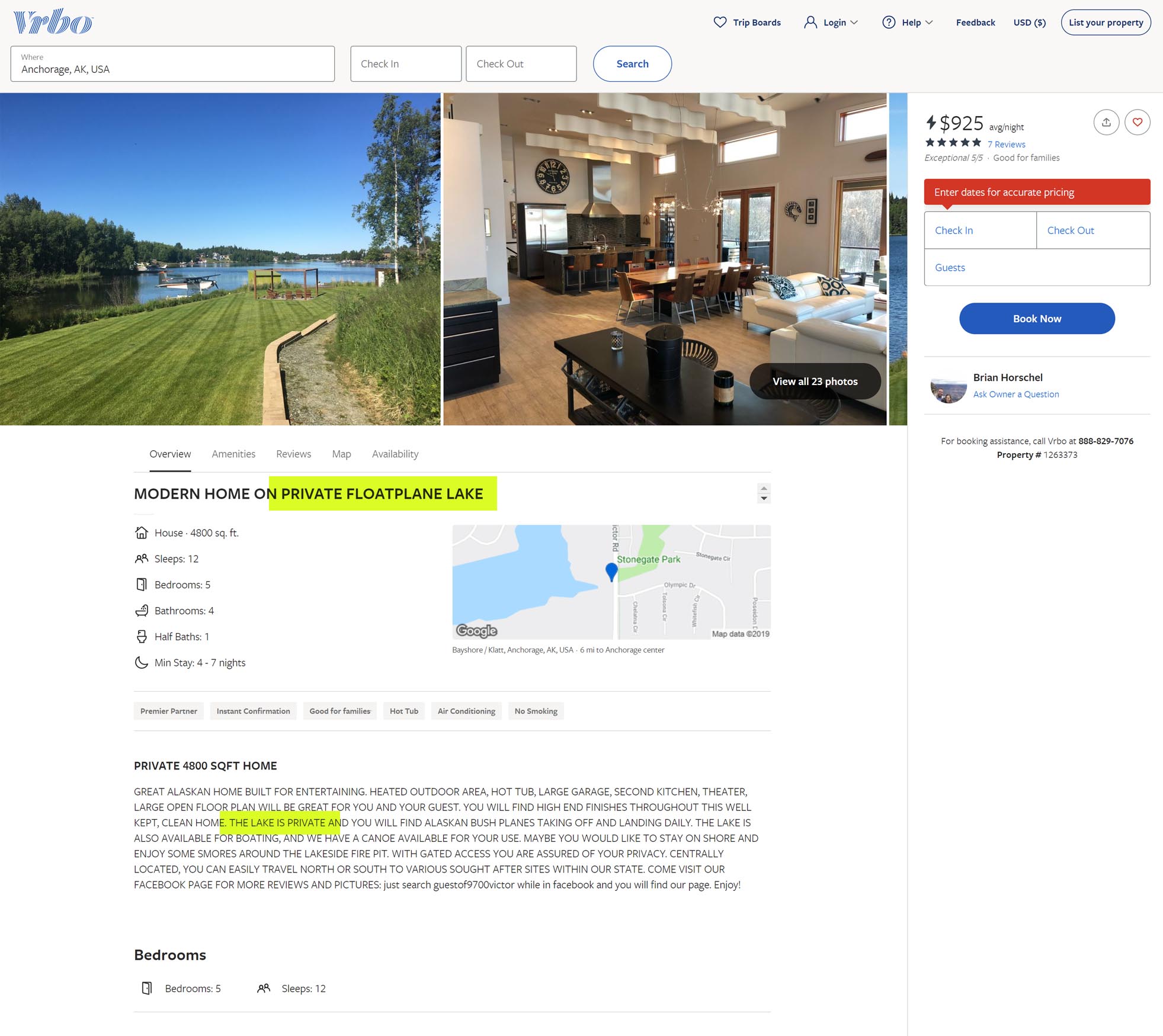
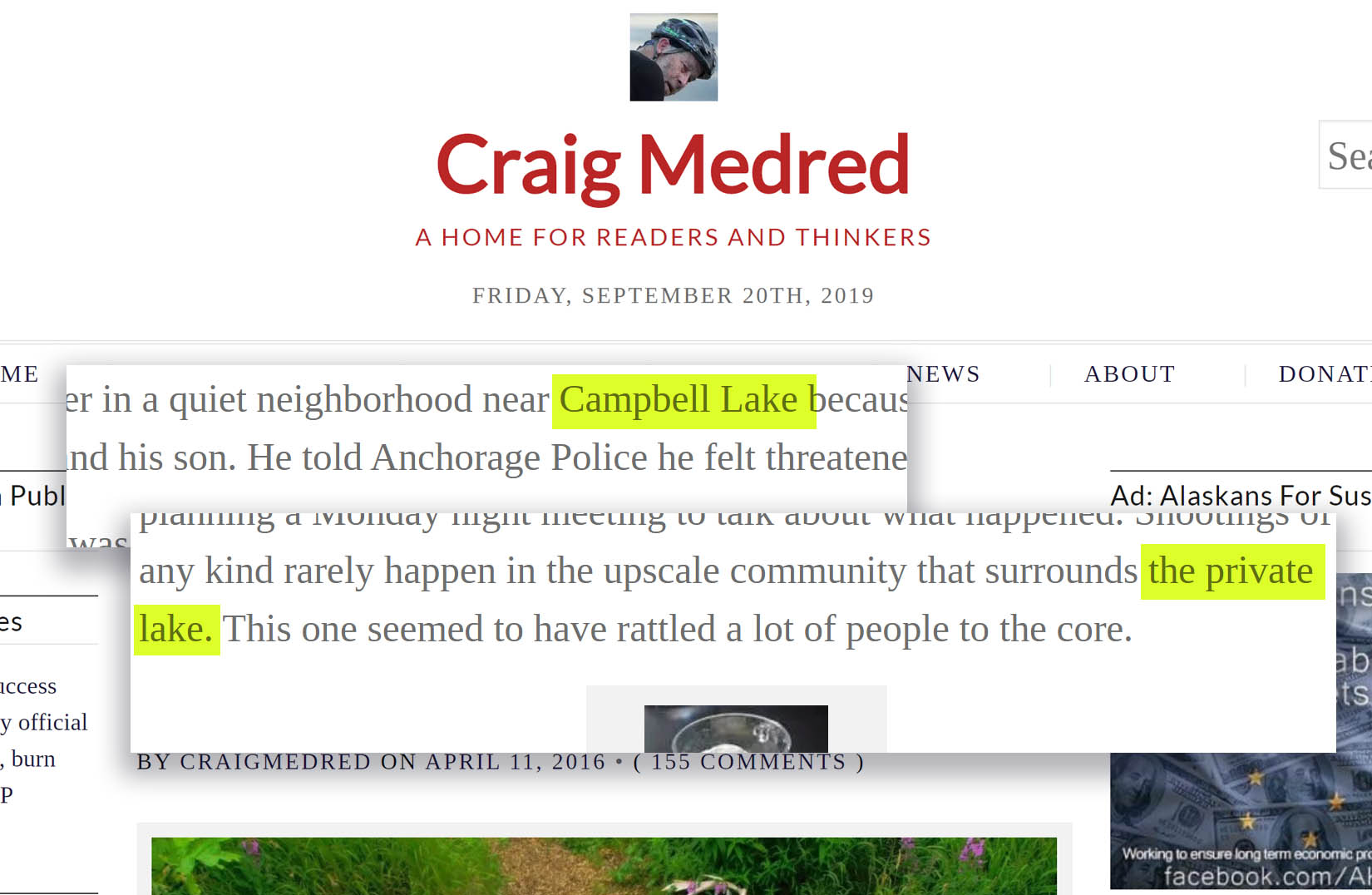
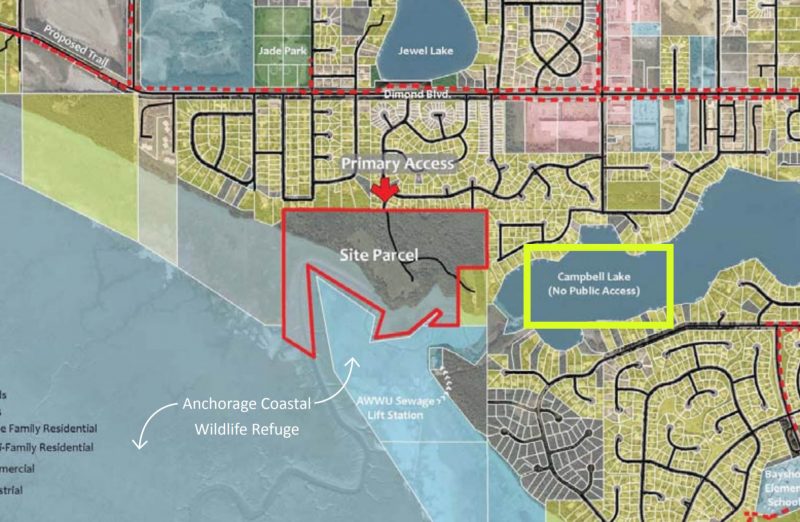
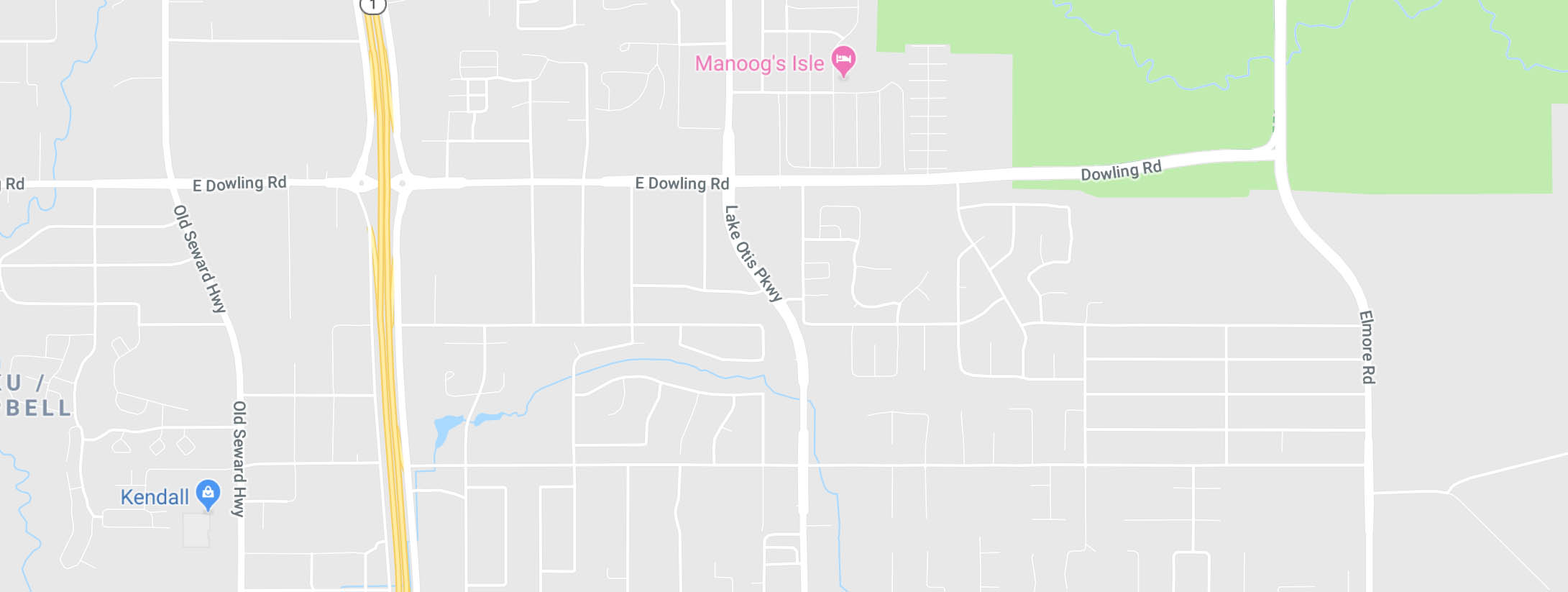
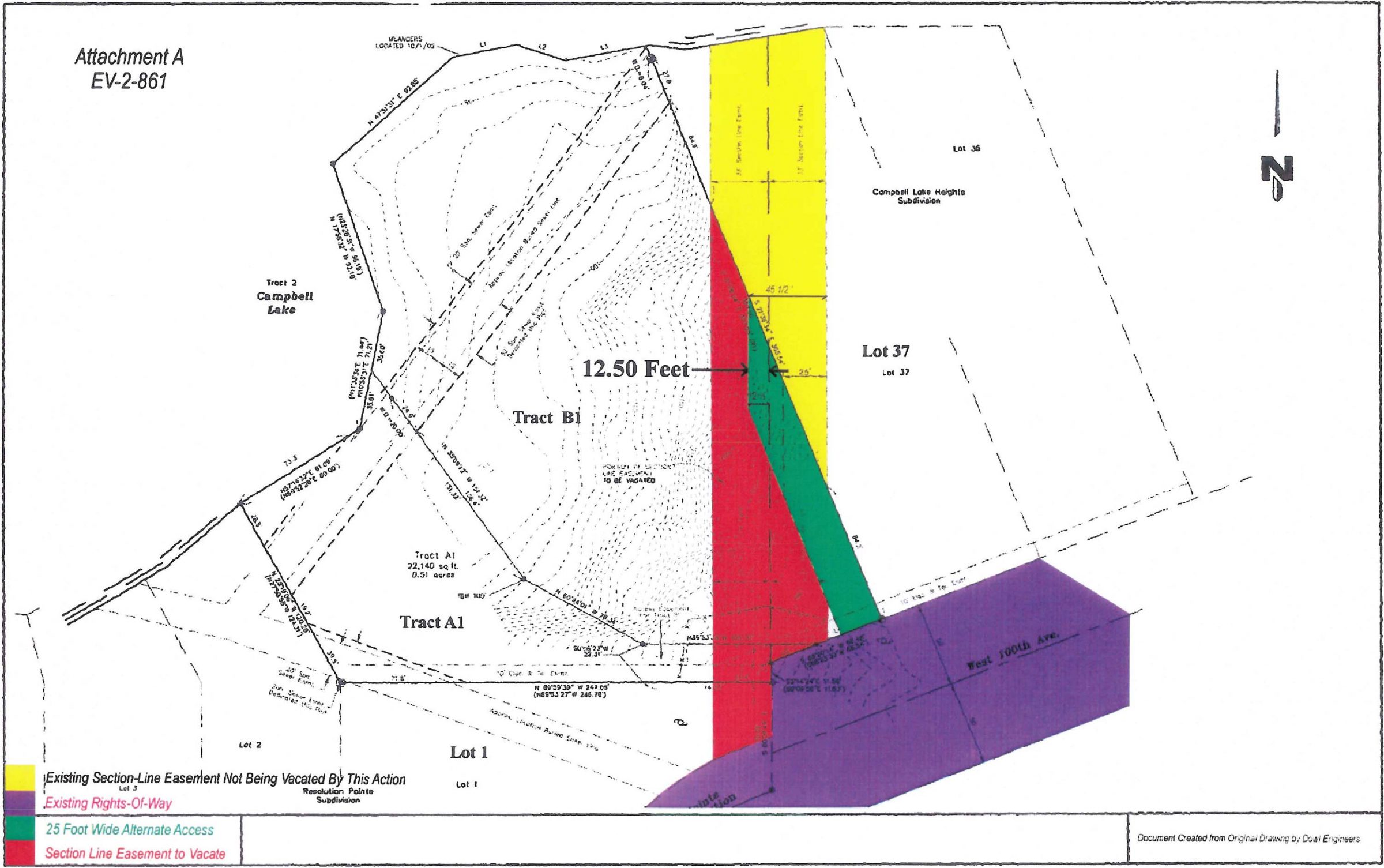
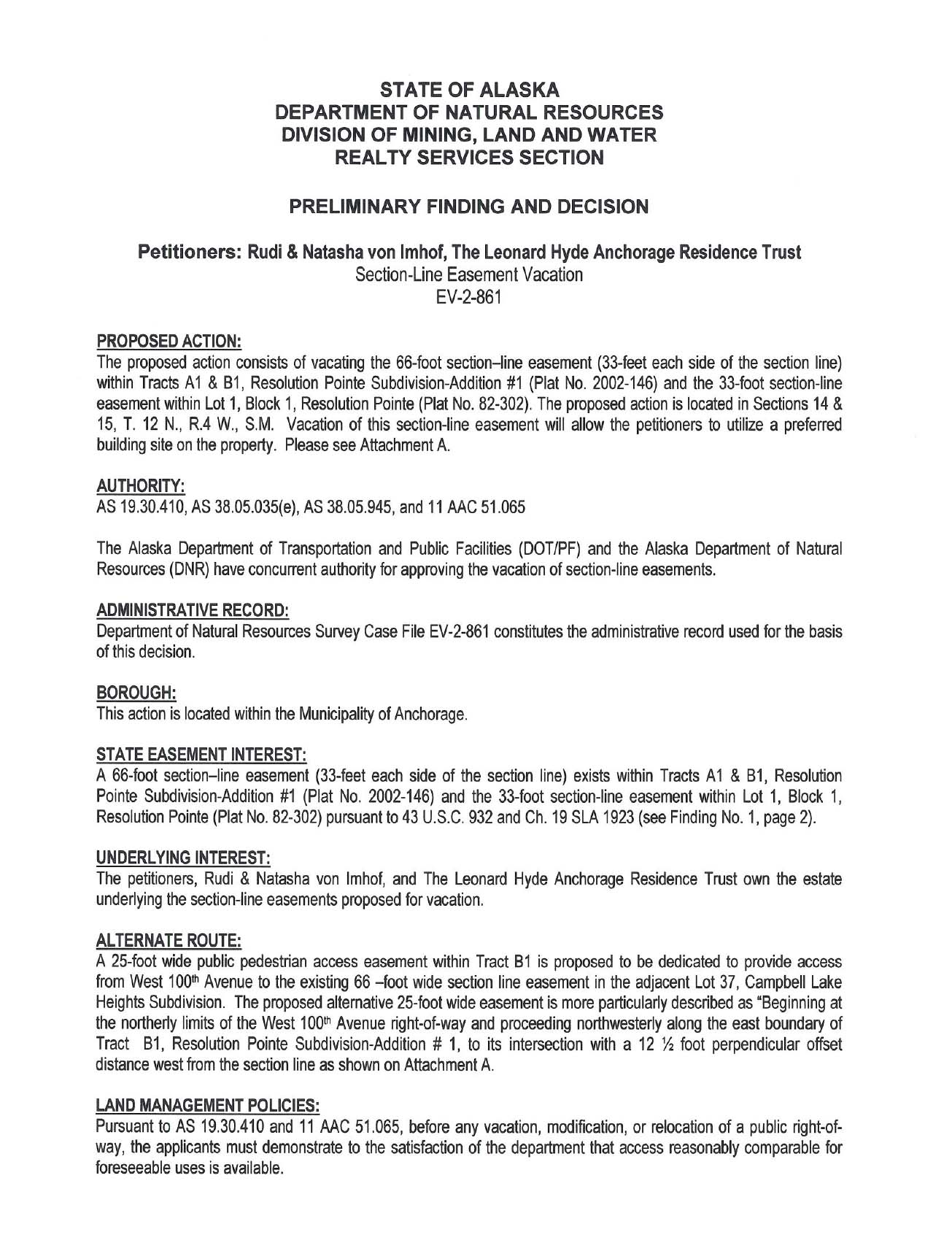
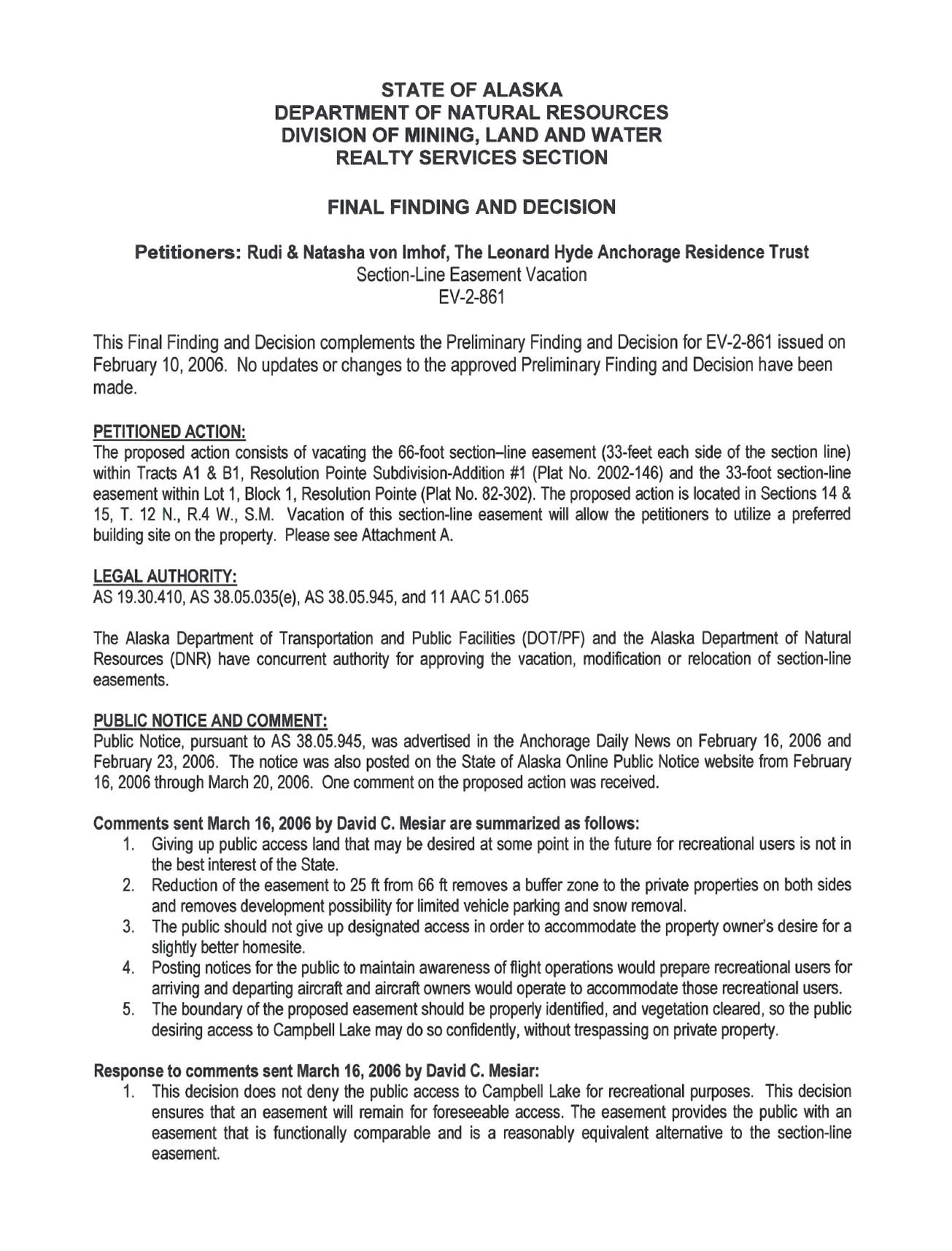
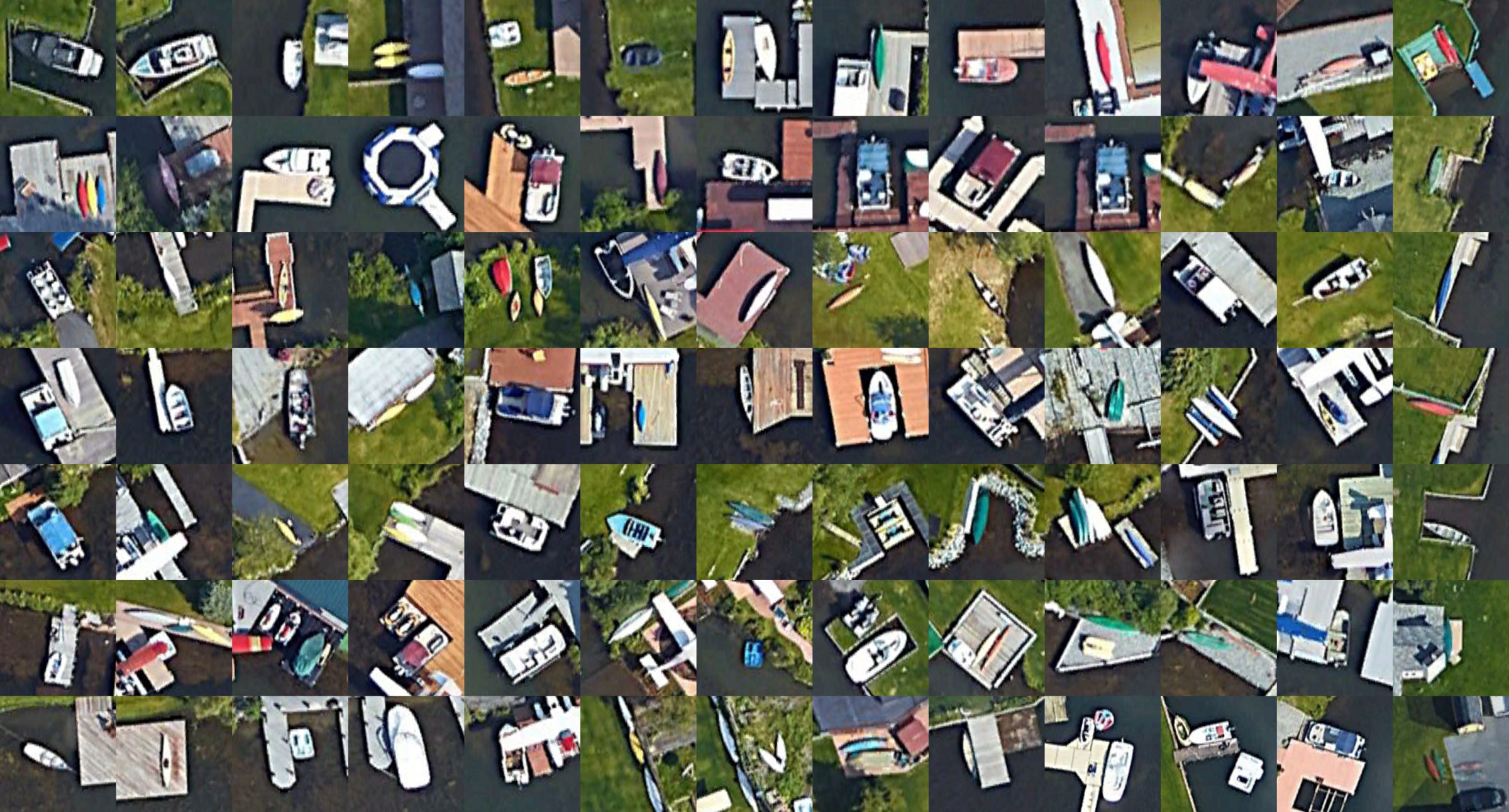



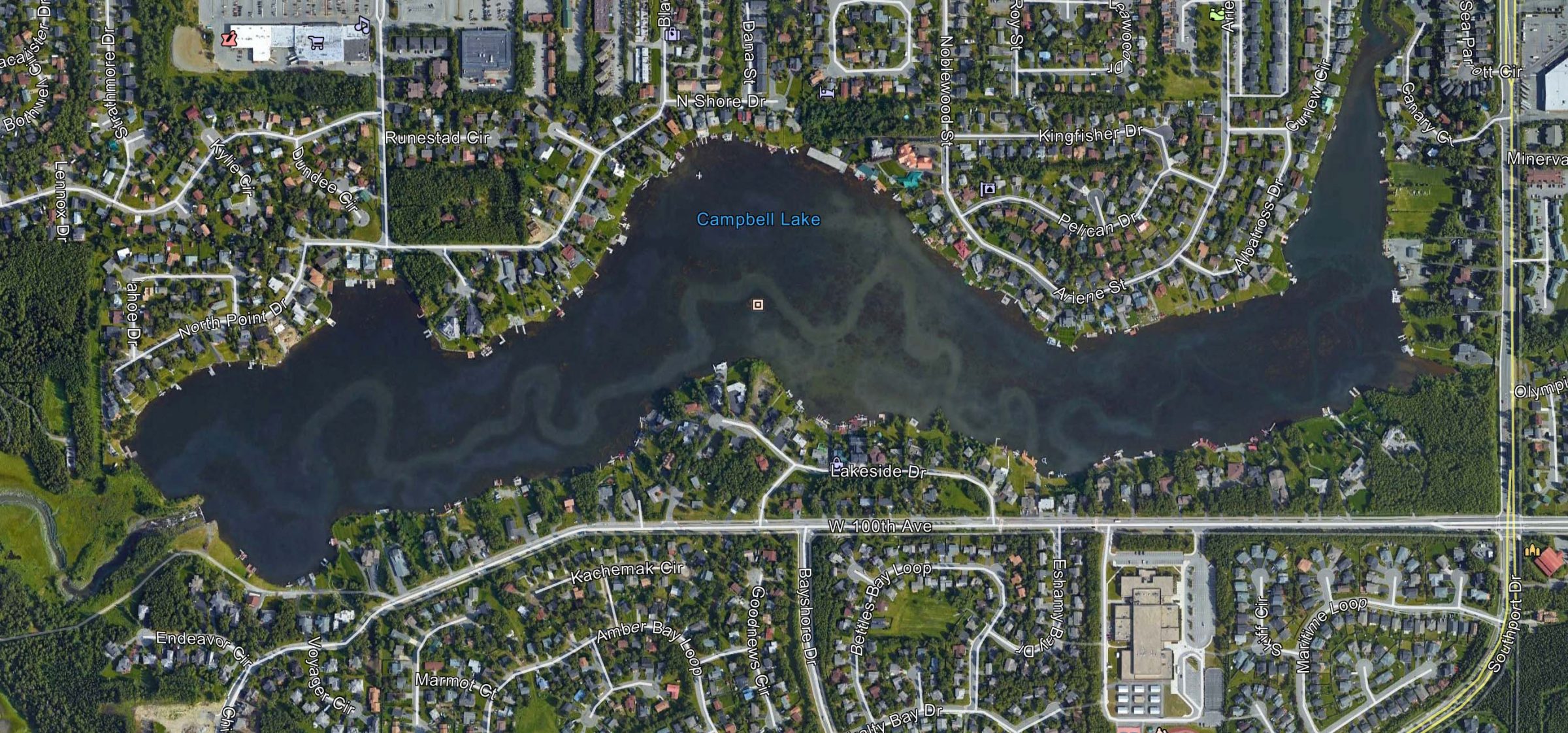
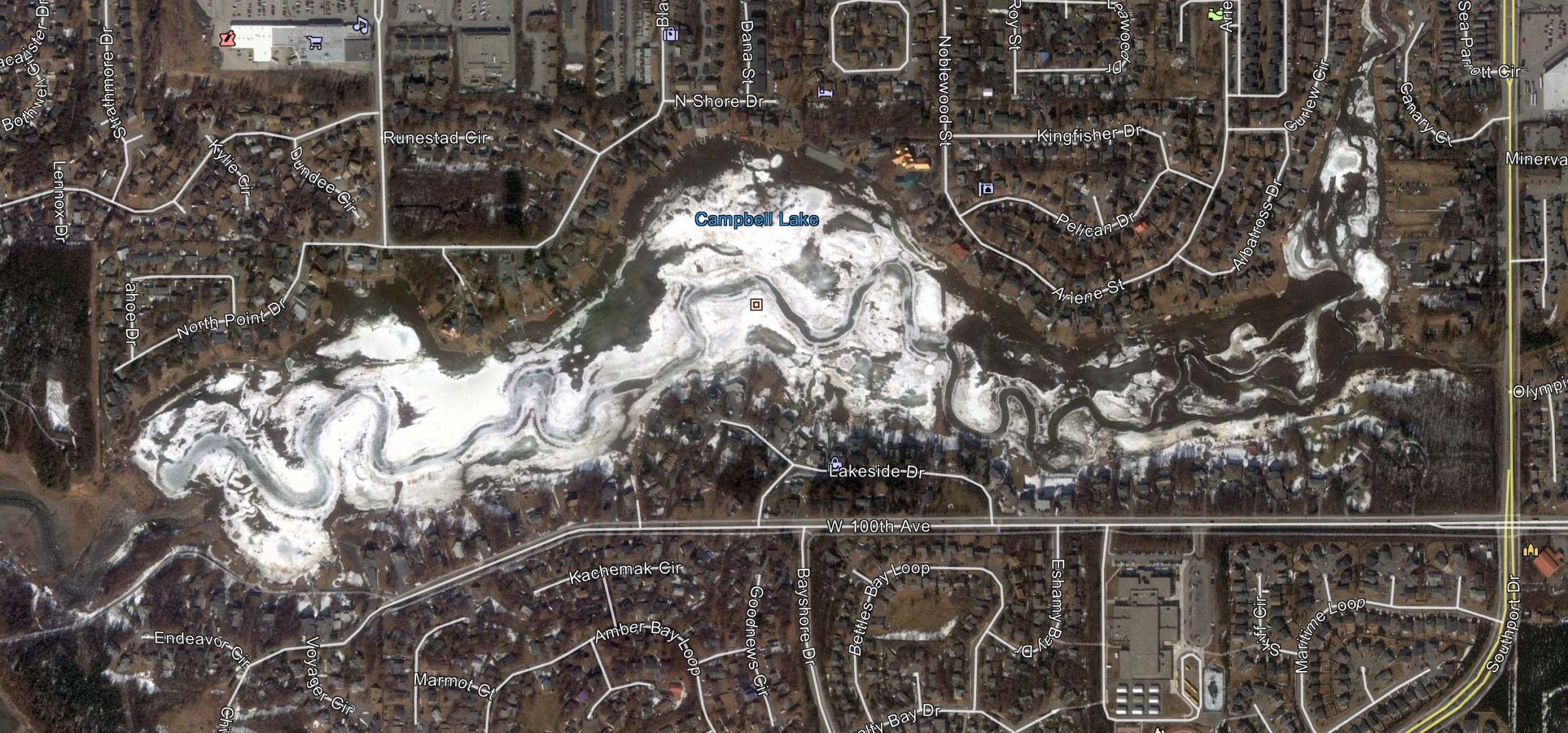
I’d like to propose a new Anchorage-area ski race, The Riff-Raff Loppet, to be held on either the 5th of February or the 3rd of January in celebration of the Alaska Constitution.
Location: Campbell Lake.
Outstanding reporting. Excellent. When there was “Valley trash” I felt left out. Now I can be “riff-raff”. Definitely need to have float by riff-raffers onto the lake.
Agreed. Did due diligence and thats rare these days
Lol..tickles me to read when the whos who in the state get caught with their hand in the publics cookie jar and claim they dont have to share with little brother
Hear, hear!
Yes, I’d be there with a few close friends.
Life long Alaskan, grew up all around south neighborhood with family close to Campbel n jewel lake area. Great article, didn’t find one good reason for for there not to be public access.
Thanks for following up on this issue. How much did the MOA “sink” (pun intended) into recent repairs to the utilities that pass under the lake? Was that repair for the exclusive use of the Home Owners Association? I support David C. Mesiar’s opinion and Craig Medred’s suggestion is valid. So how about allowing John Sturgeon to drive his air boat up and down the lake to affirm a constitutional rights to access. Or maybe as in Tim’s suggestion holding a once a year “caddy swim” like in the movie “Caddy Shack” for the Anchorage “riff raff? This is a… Read more »
That’s my sense, even before I read that the senator was a big supporter of the airboat guy.
MOA taxpayers paid, with debt, $441, 679 to remove sediment from this “private” lake in 2015.
Lenin, Where did you find this info..? I’ve been trying to find it with google but have been unsuccessful.
that is actually all contained in public expenditure reports right along with the additional rescue costs the zone fire station must maintain for not only the structural development but also the float planes as well as the extensive drainage updates that have been undertaken to reduce flooding in the area
I would like to copy this info and repost it to the comment section on the KTUU story about this.
we should ask the HOA’s on the lake for reimbursement!
There’s definitely a lot of good shit here as in just stepping in it and tracking it everywhere all over from finding out that there shady people with more money and connections and yea it’s understandable on both sides but it still exists where you can call it out… Basically years of maintaining a non-accessible culture reduces the many problems with crime that the Anchorage area has increasingly raised over the many years all these hard working people want to see the peace continue. I’ve seen it first hand me being young growing up in the neighborhood behind it lower… Read more »
The utilities buried in Campbell Lake include trunk lines to other properties besides Campbell Lake lots.
Great story. I remember being on a motorcycle with my Dad back in the early 60s riding around Campbell Lake. Then nothing more than a mud hole and a few homes. I don’t think anybody cared back then because “it was so far out.” Great comparison to Big Lake and nearby Sand Lake which obviously have public access.
I love this story. This is an awesome use of google earth. I’m making a donation to Alaska Land Mine.
Wow, great story, thank you. I hope that people start using the lake – we deserve to use our public resources.
My man! Best news piece I have read in years. Keep up the good work. I hope to continue to read and share stories from the Landmine for years and years to come. You my friend, are the man!
Agreed. This was a refreshing read of investigative reporting.
When I worked for ADF&G, Habitat Division in the 1980’s, if my memory is correct, the HOA needed to drain the lake to make repairs to the dam. I looked back into the old waters files that Habitat maintained, and I found a memo from assistant AG Tom Meacham, stating that not only was the water in the lake navigable and therefore public, but that the bottom of the lake was also public. (Tom was still working for the State then and we talked about this extensively.) This is because prior to the dam being built, much of the bottom… Read more »
Wow. Meacham! Heh. When our neighbors went to war against Scott Ogan/frmr. Rep., Larry Devilbiss/frmr. MSB mayor, et al over the re-engineering of Clark-Wolverine Rd., prior to paving it, we wound up hiring Mr. Meacham to research the issue of the section line. The line runs through a wetland and lake filled with migratory waterfowl. The new 50mph road section would run smack through the middle of a quiet neighborhood rather than on the historic roadbed highlighted in the Life Magazine issue that wound up featuring Pres. Eisenhower’s death. Meacham found the Federal section line predated the State’s interest. Long… Read more »
Crazy too, that Ogan went on to work as the State Public Access Assertion and Defense Manager after being ousted from office.
I can remember people hunting geese and duck all over the Campbell Lake/Sand Lake Road (now Dimond Blvd.) bluffs. And fishing for salmon from Campbell Creek until it was finally prohibited. Ah, life in Sand Lake, Alaska in the 50s and 60s. You could get away with anything, especially the dumping of trash and used appliances into the ditches.
When I lived across from West High in 1995 the Westchester Lagoon overlook started to look like a new landfill with dumped kitchen appliances etc. and fastfood trash and landscaping cuttings!
I had the City do it’s job and clean it up and I volunteered to help keep it clean and mowed etc.!
Par for the course for the era. Sometime in the early ’00s I walked through a park in North Seattle near my old neighborhood. There was a creek restoration in progress and an elevated walkway across the wetland to keep people from trampling on the revegetation effort. And a lot of interpretive signs detailing the project and hydrology of the vicinity. I remember driving by this same location with my dad in 1968, when there was a bramble of blackberry vines and various discarded trash — pallets, tires, washing machines, metal and wood scrap.
A few years back we built a float plane dock on Campbell Lake for a client. We were quite legal about it and pulled the Army Corp of Engineers Permit, Coastal Management Permit (now a defunct permitting process), and a MOA Flood permit. The coastal permit included a huge package of permits from Coast Guard to FAA to DNR Fish Habitat Permit. During the permit process we had the Corp ask us if they could access the lake to review the dock as did the DNR. They said they had to ask because it was a private lake. I asked… Read more »
I have lived on both sides of Campbell Lake – although one or two streets removed from shoreline. I have walked around the entire lake multiple times looking for access. I have found about 4 places where it is iffy but possible to access the lake. Some of those have been gated off now. The von Imhof property is one of those areas, although the easement is possible. But even then, once you arrive at the shore, (on foot), with no legal place to park nearby, what are you going to do? I guess you could carry a Packraft down… Read more »
Ali
It is a float plane lake. You can always go to the public parking area designated for float planes. I’m just not sure where FAA has located it.
There isn’t one. It’s designation as a float plane lake is simply that someone registered it. No other actions have ever been taken.
What an incredible story. I look forward the next few years to you guys dismantling the rest of the Good Old Boy Network that runs this city and state. A friend of mine from a few years ago, an avid hiker of local trails and mountain peaks noticed a few years ago the efforts of local residents of some Hillside Areas [Bear Valley, Stuckagain Heights, Goldenview among them] were ramping up their game trying to prevent people from accessing established trail heads. Signs appeared where the sign makers went to great lengths to make them look official — though my… Read more »
Thank you for your comment. That situation will be addressed in our next Special Feature. Stay tuned.
I want to work with you on that. What you’re doing invigorates me, it’s invaluable to the reputation of journalism, Alaskans need this.
I can’t wait to read that!! I was going to email you guys to look into the issue of Bear Valley & Honeybear Lane next. 5 parking spots to access public land with the rest of the cul de sac blocked off with rocks and signs PLUS No Parking signs throughout the entire neighborhood all at blessing of the Muni seems like one of the grossest forms of privilege and buying off officials I can imagine. Knowing that it takes forever for the muni to come out and tag a vehicle followed by 72hrs before they can tow I’ve thought… Read more »
HOW can’t an we stay tuned? This is some fantastic reporting, and I’d like to stay in the loop on future articles of yours.
I always wondered about access to this lake, thanks for digging into it. You should look into access to Matanuska glacier, where now it is required to pay $100 for a guide if you want to explore the glacier beyond a short trail. I was told that Ciri owns the glacier and that they require you to have a guide.
It’s not the glacier that’s owned but the land that runs up to it that you need to pay to get across. You Don’t have to pay for a guide just the ~$20ish per person to drive in and then you can walk around on your own
It is $25.00 for an Alaska resident to get through the gate. CIRI does lease part of the land the glacier is on. As of this summer (2019) you are stopped on the glacier (by a hired lodge employee) after a certain point and told you cannot proceed further because the glacier land is leased and you are trespassing. You must pay for a guide to proceed.
I was there last summer with a few friends and had a ‘guide’ tell us we couldn’t go farther…I just laughed and kept walking. We have decades more climbing experience than the ‘guides’ and they don’t own it. Besides, what was she going to do about it?….nothing.
This is actually not required, but I know that’s what they tell you at the gate. If you tell them you have glacier experience and equipment they will let you in for $30ish, without a guide.
Their reasoning is that tourists can’t be left to roam free on the glacier, but they are just selling tours. Shady!
The blame lies squarely on the city planners. The planners should have allotted green ways and parks for public use. This is what Alaska is all about, the use of public resources for all Alaskans! Public domain should be implemented to go back and fix this atrocity.
I highly doubt city planners are to blame. Most of the properties around Campbell Lake were subdivided back in the ‘60s and ‘70s. It looks like the largest subdivision occurred in 1976 and involved the entire northern shoreline of the lake. That plat, 76-31, was signed by the mayor and clerk, but there is no reference to any approval from a planning department or commission. My assumption is that planning didn’t really exist in Anchorage in the ‘60s and ‘70s and plat approval probably only adhered to rudimentary surveying requirements. Basically city planners probably didn’t have much involvement in subdivisions… Read more »
Consider that the story of the Municipality and the Greater Anchorage Area Borough was ongoing, a combination which still has its discontents in Eagle River and other places.
Its not necessary to implement greenbelts etc, when nearly every section line has an easement. The problem lies with the ease that someone can get a portion of section line easement removed.
Friends and I have kayaked on Campbell Lake this summer, accessing via the creek, and was confronted several times by people on the lake asking if I was a resident. I was told by them that this was a private lake and I couldn’t use it because of the floatplanes. (Lots of homes with boats!). We were even yelled at from the window of one of the mcmansions that “This is a private lake!” It simply makes me want to bring more friends out there! I say we have a “Riff Raff Float” down Campbell Creek and celebrate by meeting… Read more »
A Riff-“Raft”-Float!!
I am in!
Totally cool. Now that we know the real story and can laugh at the owners. The State owns the rivers and the lakes, because we access the lake from the river and not private citizens or HOA. I can’t believe the hoa said it owns the base of the lake. Really?
Pick a date next summer and start a FB event page. Same principle behind the Area 51 Raid – they can’t stop us all!
This article is amazing! About three years ago, I took a paddle board down Campbell Creek from Lake Otis Parkway all the way into the lake. I had no idea, at the time, that I would have a problem getting OUT of Campbell Lake. I asked three separate groups of people on the lake shore for access to their property so I could leave the lake and have my wife pick me up. I had no idea that I was among the elite residents of Anchorage. Two of the groups blatantly ignored me and my attempts to speak with them.… Read more »
Fascinating detective work! I loved this story!
Let the Riff-Raff begin!!!
I’ve paddled Campbell Lake many times. I put in below Dimond Blvd at the parking lot where Dimond crosses Campbell Creek.
This is a well done article. Thank you for the careful research and documentation; and for crafting a thoughtful, easily understandable article from it.
Great story.
There is a patch of land at the end of Jewel Lake road (where Jewel Lake meets North Point Dr). If this is an easement, it would be easy access to the lake and a natural boat launch.
Sand Lake has float plane residents and it has not been a “safety issue” to have a public boat launch and dock.
Where is the public access to Sand Lake?
As a kid after school I would go fish off the dock off Caravelle until old bitch Crawford would come throw me out of her private property.
There are three access points that I know of. Sand Lake elementary school… It’s been a few years since I used that but there is a nice boardwalk or wooden deck thing over the water and even life jackets. There is a parking area on brentwood and then a trail hike to the lake. Then there’s a place more welcoming for small boats on the other side… I think you take 80th to Canal and look for it there. That’s the one I recall with the most parking/easy access for boats.
Jeff I think I shall take a life insurance policy out on you. Good work. Years ago, in the 80’s there was the Campbell Creek Classic every summer.
I was in that Classic I was on the Cover of Alaska Magazine, 1972, for my efforts…The finish line was before Campbell Lake.
As someone who lives across the street from the lake, I can attest to the constant boaters, water skiers, and jet skiers in the summer and snow machiners, skiers, and walkers in the winter. Someone should start a go-fund-me to buy the vacant lot at the south end of Jewel Lake Road to then donate it to MOA Parks as public access.
I am afraid this is also happening in Chugiak. For years folks used the trails that pass Eklutna land to access the inlet and the mouth of Peter’s Creek. In the last few years it looks like Eklutna has put up a lot of signs saying “No Trespassing” along the old path. While I am sad to not use that trail, it IS on private property (as far as I can tell). But there is an easement and public park (Mouth of Peter’s Creek Park) that you can access legally at the end of the roads. This last year I… Read more »
Now this is some classic muckraking – like we havn’t seen since Upton Sinclair.
Very entertaining, and enlightening to read.
Is there a riff-rafters club.. where do I join
Riff Rafters, I love it!
I’m picturing a parade of kayaks with banners- “who’s lake? OUR LAKE” and “What part of Navigable don’t you understand” and “Keep public waters parasite free”
You should also review the story of the section line easement and public pedestrian easement vacation petition issue in Homer (EV-3-299). It has been reported on already, but it seems worthy of a look by the Landmine. The story contains a country music star, a former Dunleavy appointee and a director of “Alaska Yes”, and it appears that Dunleavy’s DNR is poised to grant an easement vacation to a trio of wealthy landowners over the opposition of the KPB planning Department – without providing alternative pedestrian access.
Great story!
Fantastic, interesting, and solid piece of exhaustive journalism. Well done!
If homeowners were told when they purchased that the lake is private, it’s understandable that they, like other members of the public would believe it. Let’s not be too hard on them for following along with public ignorance. Public lake access points that are developed are full of used needles and empty beer cans. If the public was more respectful, people wouldn’t fear public access points near their homes.
You raise a good point. But, a public muni maintained access might be a good start. We had the same problem on Lazy Mtn. w the trailhead and private homes adjacent to it. The trailhead was rerouted directly to the parking area, which does make it more difficult and steep. However, the Morgan Horse Trailhead is also there now as is a public potty facility. And the Lazy Mtn. run is a mountain run qualifying trail.
If homeowners were told when they purchased that the lake was private, then they should sue their title company. That is the purpose of title insurance- to cover yourself in case the land you are buying turns out to be something other than is claimed.
Just like on Big Lake. After the weekend all the riff raff leave & head home, we have trash everywhere.
The riff raff is the resident, how can a public creek create a private lake? My grandmother has a lake on the back her farm in Pt McKensie we were told should someone want access we had to provide it, ok. But this sort of thing has happened for years in Anchorage, Sheffiled and his illegal signs and Jersey Barriers near his home. The person at Westchester who annexed public land as their own. Imagine if someone less heeled in Mt View tried that or Muldoon? Mind you I believe that the Muni a few years back did some work… Read more »
Lots of holes in this story No regard for trespassing on people’s yards.. Sounds like a political attack on Natasha, than really giving a crap about our neighbors and their safety. Didn’t you try running against Natasha and lost. Not to just her but other offices you have ran for. All about the people…. right. Well I think we all should trespass on your yard just because I want to.
Read it again without the mad glasses. This is an illegal artificial lake with spurious claims to privacy and assertion of control over public waters of the US and Alaska with numerous public easement accesses, no different from Lake Washington which has the same issues with wealthy elites trying to prevent the public from accessing the public resource and throwing their weight around to do it. The laws should apply equally to everyone in this great country, right?
Natasha…is that you?
These are the kind of comments of people defending the private status of Campbell Lake? Wow, pretty telling! I live in the Valley and this makes me want to come in to Anchorage with all my riff raff valley friends and all our kids and play on Campbell Lake.
Interesting how some people believe their lies as the truth. Public access to a state-owned lake is not trespassing. Natasha seems to be doing what she’s been seen doing before: Circumventing the law.
Interesting how some people believe their lies as the truth = current President on the United States.
Some of the finest investigative journalism Alaska has ever seen! Proof as such is your childish attack on these Journalists.
The lake is obviously public, but I regret to inform everyone that it is also disgusting. It’s a mucky backwater filled with, basically, all the accumulated chemicals and urban runoff from much of the Anchorage bowl. It’s probably great for floatplanes and boats, but god help you if you water ski, swim, or otherwise expose yourself to the water itself.
P.S. this was the most fun I’ve had reading Anchorage journalism is a long time
Would you look into why Bird Creek has no fishing/trespassing signs posted at the power line? Same issue here, public waterway and Private property. Public access should be up to the high water line of the river. Thanks
Very well presented. I would love to see a follow up article on how your different findings apply to other restricted access waterways, for example the Kenai River boat restrictions…
Please, please organize a storm Area 51 style float into this lake! This would be an epic adventure to be a part of. Just think of the bloated, rich heads spinning as 250 kayaks piloted by the ‘others’ in Anchorage enjoy this public resource while ignoring their screams of anger. Hahahahaha.
Well to answer one of your questions of why they were allowed to dam the creek in the first place: my grandfather was George McCullough, he had told me he and his Business partner David Alm, we’re given permission too dam it up and create a lake because lake hood had ran out of floatplane space.
The story I got from George was a little different. Said he built the dam because there was no one around to tell him not to. I’m sure you remember him better than I do, and when was the last time George (or your dad) ever needed permission from the government to run his Cat wherever it seemed a good idea? (As I recall it was an old International tractor though.) Do you remember his Skwentna trip to fetch that old dragline? Got a helicopter ride to jail on that one. — One of the great Alaskan storytellers. 😉 I… Read more »
Time they do
Corey
They must have sold all the float plane tie down spots on Campbell Lake, because I remember getting my new spot at Lake Hood in 76 In 1975 An east/west slow taxi channel between Lake Hood and Lake Spenard was dredged, and the existing five tie-down channels were constructed. This channel is north of the old channel, separated by Gull Island, and is used exclusively for taxi purposes between the lakes.
Corey – How are you feeling about Benka lake being privatized by Jan Brunz? Would love to chat with you about this.
You should check out the PPP loans he got for his… lighting wholesale business? Can smell the horse shit from here.
This is a really great example of journalism. Researched, informative, and well communicated. Thank you, both!
Thank you so much for this. I do not understand how a dam was allowed on a salmon stream. Since I can’t see it, does anyone know how salmon breach the dam?
I have presumably legally accessed the lake many times by parking my car at Emerald hills park and paddling through the culvert under Dimond Blvd. The homeowners that saw me exit the culvert gave me the stink eye but it was a nice paddle around the lake.
Fantastic journalism. I have always thought it would be fun to float Campbell Creek legally into the lake and have a big party on boats there to get the HOA’s goat. I have skied and walked on the lake from the down creek side when frozen. I had not idea there was a legal easement. Thank you Tom Meacham for always being a public lands advocate for decades in Alaska. Keep up the good stories and let me know when Anchorage residents want to storm our public waterways. Just made my donation to this website.
Sounds like time for a public float-in! Got a kayak? A canoe?
This is a great story. I’ve been aware of the basic facts of this for years. I was a friend of George, the guy that built Campbell Lake Dam in the first place. No one had permission to do any of this in 1959. There was just no one willing to say no to what seemed a good idea at the time. Their greatest fault was not providing legitimate public access. That was a shame. In the late 60’s we used to ride bikes & motorcycles across the dam. Caught a few fish in the expanded fish ladder too. Another… Read more »
Start selling hats that have “Anchorage riff-raff on them. $20 a pop
Working on designs now… 😀
Yes, we would put inner tubes in the “lake” off of victor when it was a mud trap to drive and float around on hot days, our family friends had the homestead at the end of Victor rd at the time. We would have to drive across boards that were there at the time to get up the hill to their home.
This is some of the best journalism I’ve read in a long time. Thank you. Makes me want to go find that easement
The tax status of this property is curious, to say the least. Campbell Lake Owners, Inc. owns Campbell Lake Tract 2, which is the lake bed. CLO is an Alaska non-profit corporation. The Alaska Division of Corporations doesn’t have CLO’s articles of incorporation available online, which isn’t shocking given the age. CLO’s latest Biennial report doesn’t say much. The IRS online database of tax exempt organizations does not show a record for CLO. A non-profit corporation is not required to hold an IRS exemption certificate, but IRS tax status is relevant for certain real property tax exemptions. The MOA tax parcel ID… Read more »
Dude.
What a fabulous article! I grew up in this area and had no idea it had finally become so ‘gated and exclusive’. Thank you!
On another note, I’ve heard that public money, MOA road and drainage bond money may have been spent to rebuild the dam… If this is true, then the argument for public ownership could be further advanced.
I recall the Muni doing this, but they were arguably responsible for the old dam’s collapse. The Muni had directed all the storm drains in the area to all drain into the Lake. Later, when we had a major rain event, the dam’s old gravel spillway was overwhelmed, quickly erroded and the lake drained. The Muni replaced it with the current spillway, which looks concrete from the pictures I’ve seen. The old spillway was very broad and had many broad and gentle, rock lined steps, leading to the creek below. It made for en excellent fishladder. George McCullough did an… Read more »
Here’s an area 51 style event to address this!
https://www.facebook.com/events/452965811972363/?ti=cl
Let’s spread this!!!! I live down the road and have been yelled at for being in the PUBLIC waterway
Since the event you posted was taken down after getting over 1,000 members (presumably after the homeowners complained), someone started a new one:
https://www.facebook.com/events/471670626816674/
As a watercolor artist I have been frustrated by how often the best landscape viewing spots in Anchorage are occupied by private homes (very expensive ones) with no declared public access anywhere unless you look for easements on google maps (for example in Oceanview). This article communicates my sentiments exactly.
So can we put our boat in Lake Hood and paddle around?
What a ridiculous comment, as if it’s even the same thing. Lake Hood is an established FAA designated commercial seaplane base, with class D airspace, marked with water lane lighting, a control tower, and is state-run actual airport. That said even up until recently swimmers were even allowed in Lake Spenard in a small area.
Campbell lake as a public seaplane base is exactly no different than Big Lake, Anderson Lake, Finger Lake, Nancy Lake, Redshirt Lake, ad infinitum. Your comment trying to make a comparison is remarkably ridiculous.
Journalism! Thank you Jeff and Paxson. More of this please. Thank you too, to all the informed commentators. I will be donating to the Alaska Landmine.
Good reporting and unfortunately this is far more common than most people are aware of. I have personally encountered these type of ‘intimidating’ tactics with the Malick family in Juneau while accessing public lands on the north side of Tee Harbor. The first encounter, I politely complied with there unlawful demands while knowing something seemed fishy. The second encounter, I came back with the plat map showing the easment…end of argument. I now live in a waterfront community outside of Juneau and a neighbor a few homes down from me disguise the beach access easement very well. You wouldn’t even… Read more »
Speaking as a float plane pilot, because of its long-narrow shape, recreational boating on the lake by non-residents, who are not familiar with float plane operations, would be a major safety concern and would eventually destroy the lake as a seaplane base. I say “non-resident” because the resident boaters that live on the lake accept the unwritten rule of yielding to the float planes on take off or landing. Speak to pilots on Sand Lake about the non-resident boaters that refuse to go to the side of the lake so the float plane can land after two or even three… Read more »
I understand your concern regarding float planes. Wouldn’t a better use of signage be something posted to the effect of “this lake is multi-use, including aircraft. If you are an aircraft approach, move to the side of the lake within xyz feet of the shore for safe passage”
I’m also a floatplane pilot, and I operated commercially quite safely for the last couple decades from VERY busy recreational leaks that are no different than Campbell lake; Lake Lucille, Big Lake, Redshirt Lake, Anderson Lake, Finger Lake, Nancy Lake, Lake Louise, on and on and on. ALL of these lakes can get extremely congested and crowded, and yet, many seaplane operators manage to operate quite safely around all the craziness. That is a very lame excuse, “safety”, because you’re essentially saying that you, or other folks on Campbell Lake are somehow unable to exercise the same levels of safety… Read more »
wahh wahh, my private plane life is hard